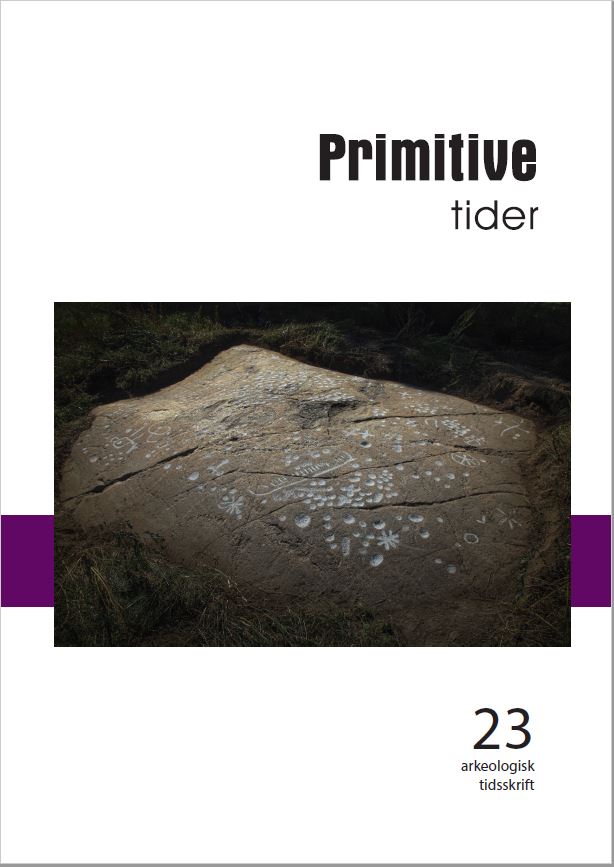Veidekongen, olifanten og bøkeskogen
Jakt, krig og aristokratisk ideologi i vikingtid og middelalder
DOI:
https://doi.org/10.5617/pt.9255Sammendrag
This article discusses aspects of aristocratic hunting in the
Viking and Middle Ages. Falconry requires great knowledge
of birds, dogs and horses and the ability to make them
interact. The hunt itself should involve danger and required
large resources. Falconry and other types of hunting was
associated with high status, partly because hunting was
considered training for war. In the King’s Mirror from the
13th century, emphasis is placed on the positive aspects of
hunting, such as allowing the king to maintain his health,
and as having sporting fun with hawks, dogs, horses and
weapons makes one accustomed to the use of weapons and
war. Earlier scholars have usually considered Norway as
an exception from the general trend of aristocratic, warpreparing
hunting, as hunting was practiced solely for food
or economic gains. Furthermore, Norway, together with
Iceland, has mainly been seen as a mere supplier of hunting
birds. Following recent research, this paper considers certain
aspects of the archaeological record from Norway, as well
as written sources, that indicate falconry and other formsof aristocratic hunting practices. It is furthermore argued
that the substantial beech forests of SE Norway were in fact
established as hunting parks in the Viking Age and later.

Nedlastinger
Publisert
Utgave
Seksjon
Lisens
Fra og med årgang 2021 er innholdet i Primitive Tider lisensiert gjennom Creative Commons Navngivelse 4.0 Internasjonal (CC BY 4.0).
© CC BY-NC (2014–2020)
Verk mellom 2014 og 2020 lisensieret under en Creative Commons Navngivelse-IkkeKommersiell 4.0 Internasjonal.
© Forfatter(ne) (1998–2013)
Verk mellom 1999 og 2013 er beskyttet av åndsverkloven. Uten eksplisitt autorisasjon er reproduksjon kun tillatt i den grad dette er i henhold til loven, eller etter avtale med rettighetshaver eller en kollektiv forvaltningsorganisasjon.

